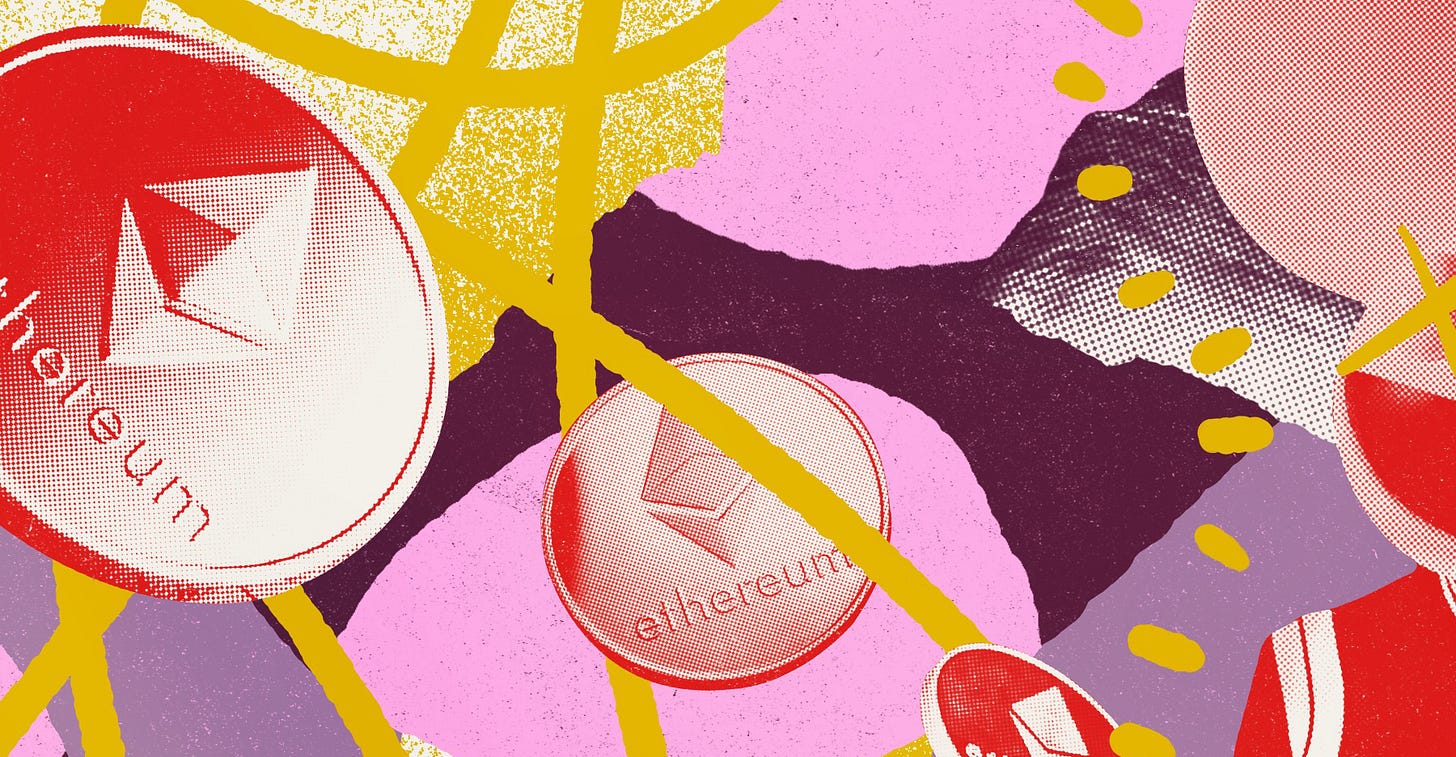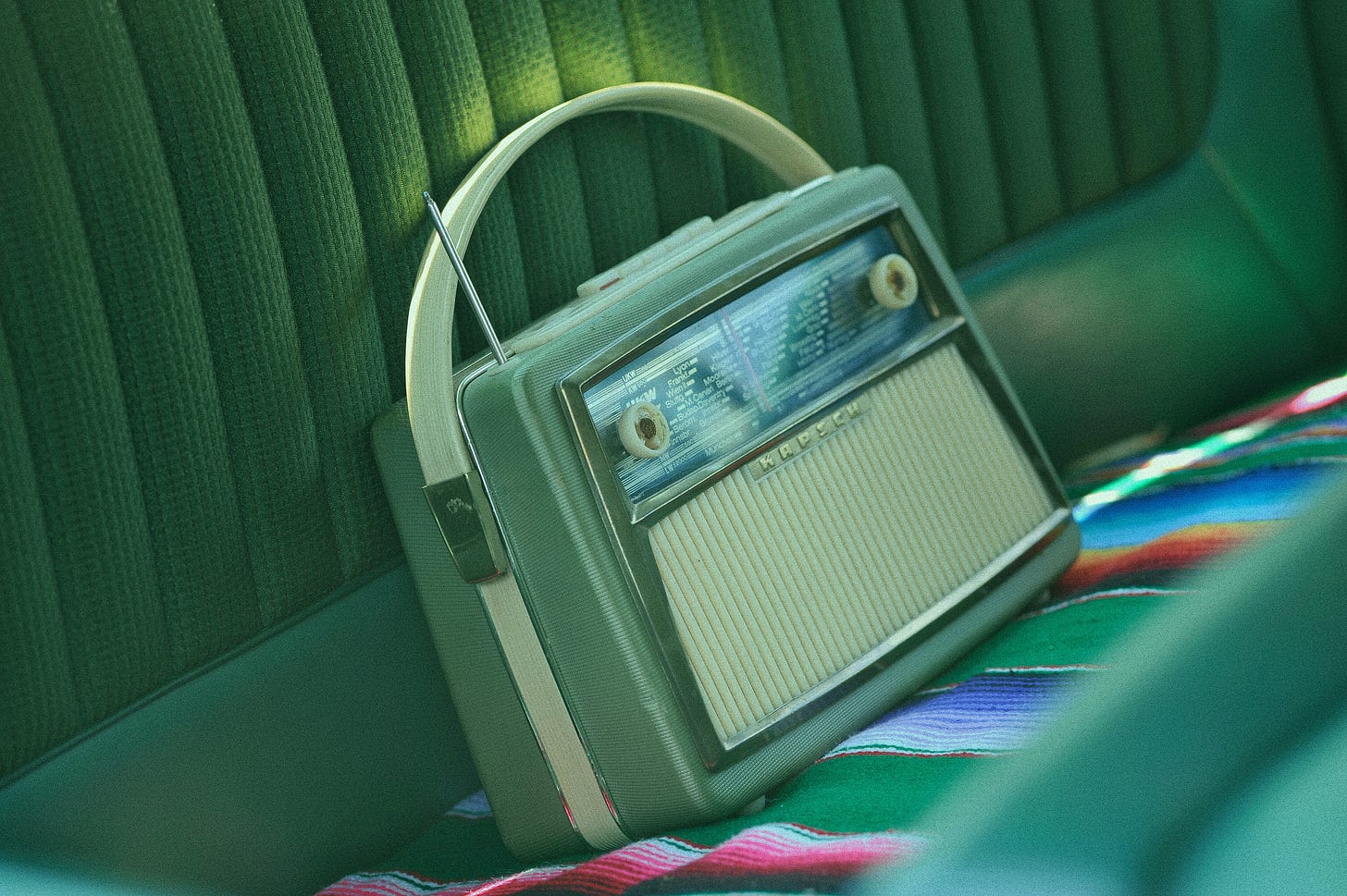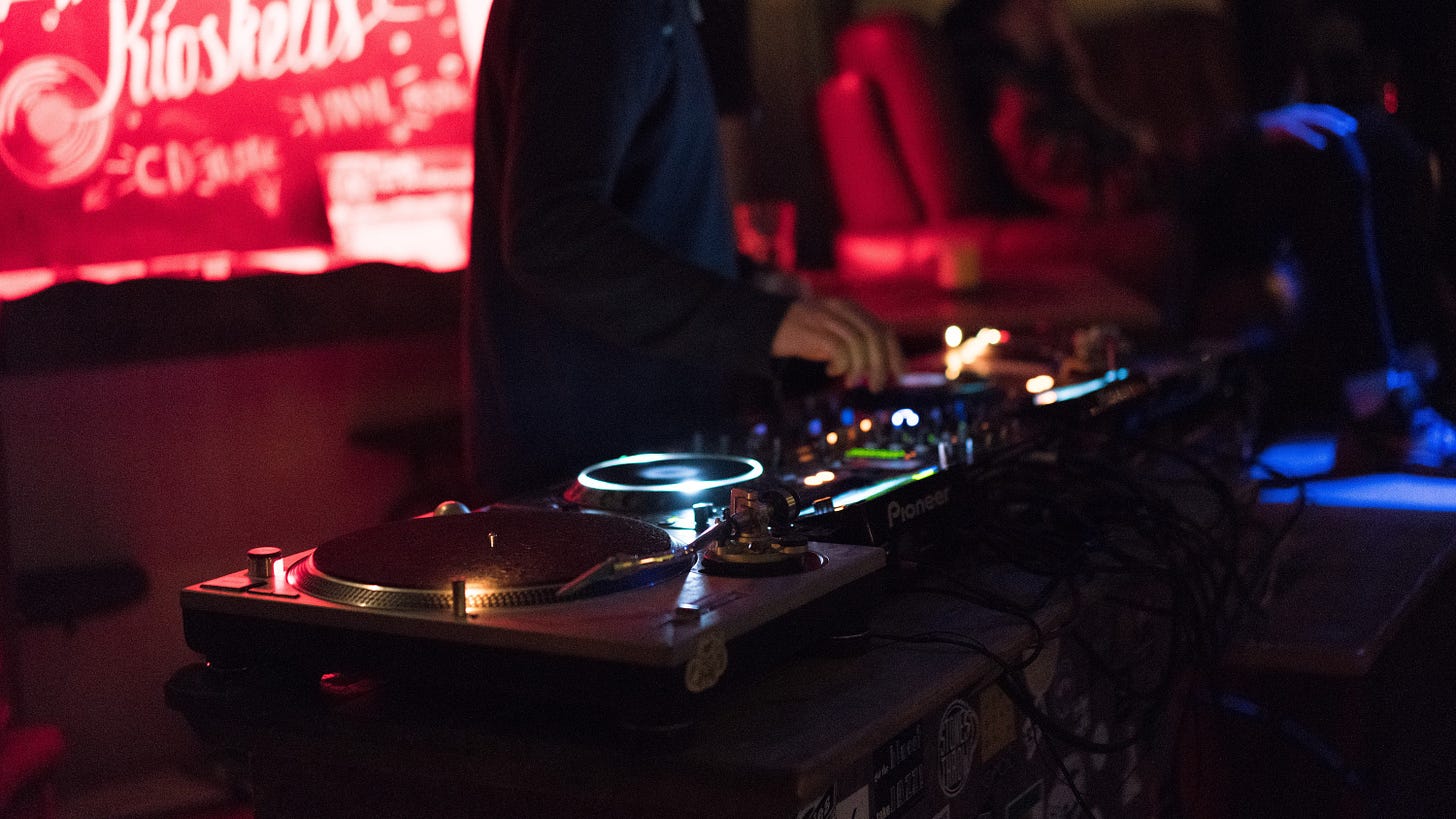
Last week, the always on point Water & Music newsletter released its Music NFT Market Update, Q2 2021. While we highly encourage everyone interested in this topic to access the full report by subscribing to the W&M Patreon, here are a few of the most salient statements we found inside the 6,000 word report.
Crash Is An Understatement
The market plunged almost as quickly as it rose. According to our own music NFT database, monthly sales for music NFTs are down almost 94% from their peak just four months ago. Artists and fans alike criticized the environmental impact of crypto and the financially exclusionary nature of the big-ticket auction model, while labels and rights holders nervously tried to wrap their heads around licensing and rights in a crypto-first world — and what role labels even play in this decentralized, direct-to-fan world in the first place, where artists commanded more leverage.
Indie Artists Still Lead the Way
While music stars and celebrities are driving most of the mainstream awareness around NFTs, it’s really independent and unsigned artists who are driving the lion’s share of market activity and continuing to set the standard for everyone else.
Token Gating is the New Guest List
The popular social-token experiment Friends With Benefits ingeniously incorporated token gating into their community experience during the IRL Bitcoin conference in Miami — creating gated city guides for Miami (10 $FWB required for access) and organizing a gated rave (60 $FWB for admission), then auctioning off the official poster for the rave as an NFT on SuperRare.
Rights Are The Next Frontier
One enduring challenge is that the actual rights transfers and royalty allocations themselves are still happening off-chain through traditional publishing and investment agreements — which arguably means that using an NFT to represent this relationship is just a marketing tool driven by novelty, rather than an absolute technical necessity.
The Music Industry Needs To Do More
If the music industry has mainstream ambitions for music NFTs, it’s not enough for them just to back new music NFT platforms and make a higher volume of tokens available with more affordable prices. They have to invest in the entire value chain around making sure people even know how to make the most of NFTs in the first place — from direct education to fans about crypto, to detailed instructions about how to obtain a crypto wallet, to creative ideas for what fans can do or how they can contribute to an artist's community and growth once they own an NFT.
All of this barely scratches the surface of the report, so subscribe via Patreon to read the whole thing. Cherie Hu has more than earned it.
Wanna dig deeper? We have a shovel. Contact us.
TAKEAWAYS
The most salient statements from this week’s news.
1. OVER 66% OF ALL MUSIC LISTENING IN THE US IS NOW OF CATALOG RECORDS, RATHER THAN NEW RELEASES
The decade-long accent of catalog streaming continues, no doubt accelerated by the pandemic-induced semi-pause on new releases.
Takeaway: Of the 434.7 million ‘equivalent’ album sales in the US in H1 this year, approximately 288.6 million were of catalog records. That’s nearly double the amount of album-equivalent units racked up by ‘current’ music in the period (146.1 million).

2. Spotify's 'Discovery Mode' Is Payola, Just Not the Bad Kind
If diversity is the goal, maybe having a paid gateway is better than no gateway at all.
Takeaway: The growth in popularity of rock-and-roll—or "race music" as it was called at the time -- unsettled and upset the established, white songwriters and recording artists of the era. Pay-for-play was one way for traditionally marginalized artists to get a foot in the door of an industry that was otherwise closed to them.

3. Why Are Independent Artists and Labels Turning Away From Vinyl?
Nudged out by big box bullying and fickle pop fandoms, indies are doing what they always do—find new ways to connect with true heads.
Takeaway: The surge of mainstream demand for vinyl to such an extent that shoestring operations are being forced to give it up highlights this tension between music’s idealized role as a soul-nourishing astral pleasure and its workaday existence as a commercial product.

4. Could This Technology, Built By A Grammy-Winning Producer, Blow Up Music’s ‘Black Box’ Once And For All?
Shazam is great, but have you ever developed “100 percent accurate, completely inaudible music identification technology”?
Takeaway: The combination of SonicKey and SonicVenue could feasibly create a scenario whereby venues are paying for the itemized use of recorded music in the same way they pay for other facilities such as water and electricity.








The Water & Music NFT report does a great job analyzing the supply side of the market-- i.e. the artist side. It is silent on the demand side. Who has been buying? The report doesn't say. This is key to understanding the first wave of the emerging NFT industry and what may be next.